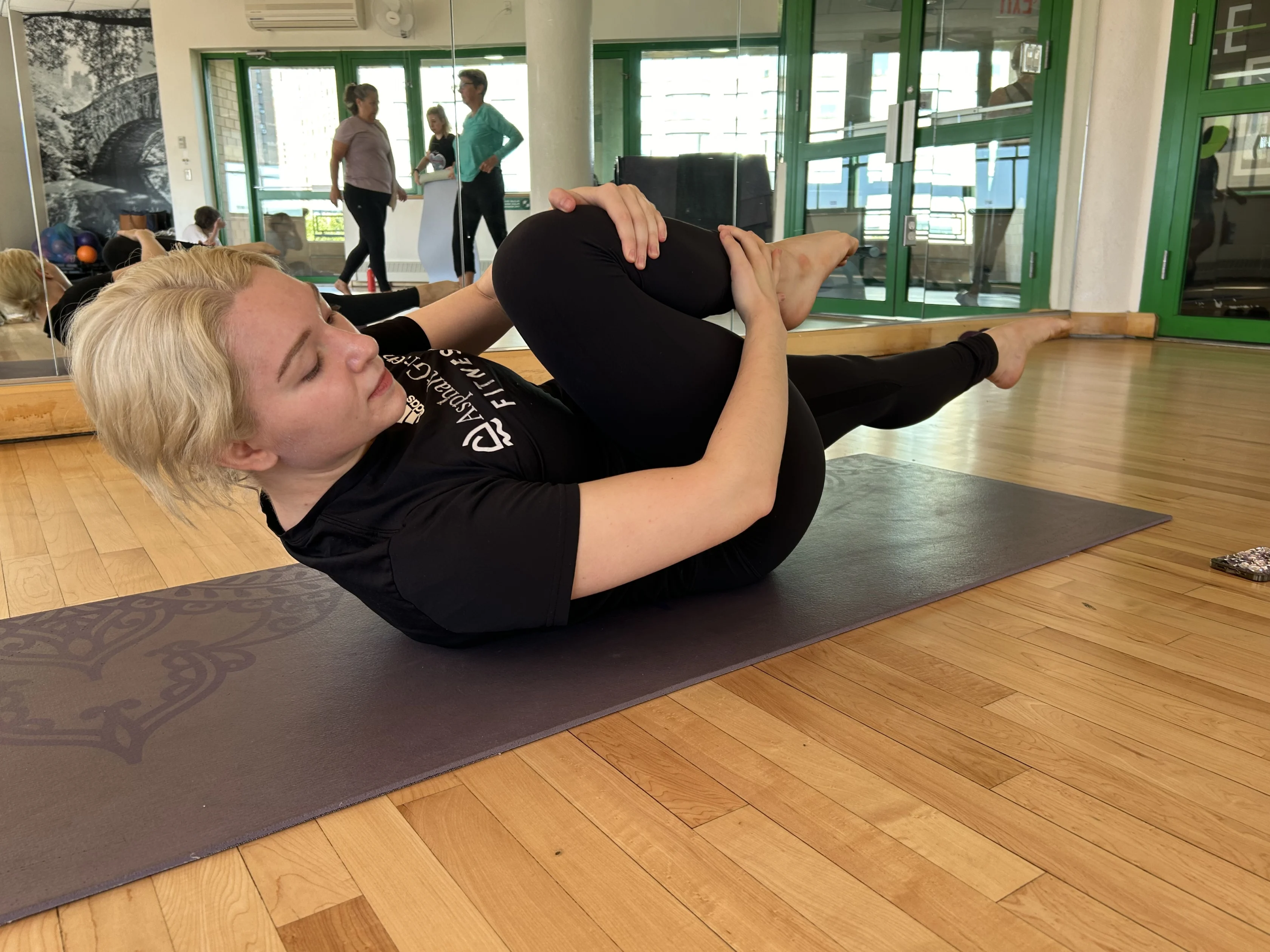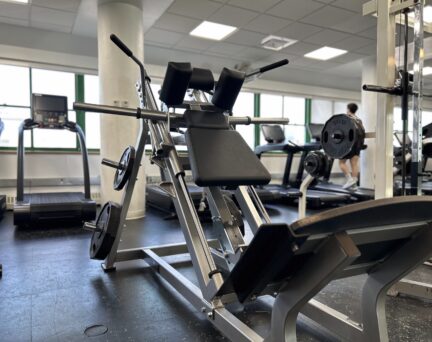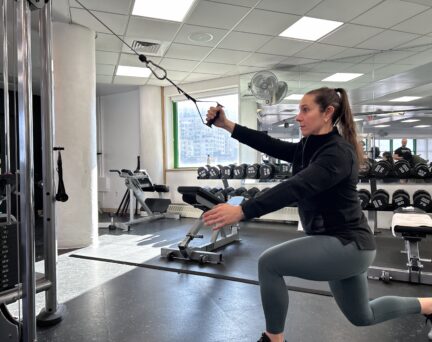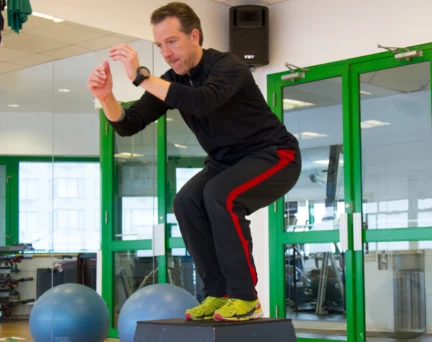The Beginner’s Guide to Pilates: Essential Exercises to Get Started

In the fitness world, few workouts have captured attention like Pilates, and it’s easy to understand why. This low-impact powerhouse strenghtens your core, boosts flexibility but sharpens your mind-body connection with a variety of fun and engaging exercises.
Whether you’re new to fitness or looking to shake up your routine, Pilates is suitable for beginners and can be adjusted for more challenging workouts. In any case, Pilates can put you on a path toward your fitness goals!
Introduction to Pilates
Pilates focuses on controlled movements, proper alignment, and breathing. Developed by Joseph Pilates in the early 20th century, Pilates aims to strengthen the body’s core muscles, which include the abdominals, back, hips, and glutes. Pilates workouts can be performed on a mat or using specialized equipment such as the Reformer, which adds resistance and variety.
Take a Pilates Class at Asphalt Green!
Looking for Pilates classes in New York City? Take advantage of Asphalt Green’s countless Pilates classes for all skill levels!
We offer a wide range of courses led by instructors with experience training athletes, seniors, children, prenatal and postnatal women, and individuals recovering from an injury. All classes are held in our state-of-the-art studio that features equipped with Peak Pilates® MVe® Reformers.
Find a Pilates class at your preferred location below:
Beginner’s Gude to Pilates: Three Essential Exercises
1. The Pilates Hundred

The Hundred is a classic Pilates exercise that warms up your body and strengthens your core, getting its name from the 100 beats you perform with your arms while holding the position.
Steps:
- Lie Down and Position Your Legs: Lie flat on your back with your knees bent and feet flat on the mat. Lift your legs to tabletop position, forming a 90-degree angle at the hips and knees. For more of a challenge, extend your legs at a 45-degree angle.
- Engage Your Core and Lift: Lift your head, neck, and shoulders off the mat, reaching your arms forward, parallel to the floor, with your chin slightly tucked.
- Pump Your Arms and Breathe: Begin to pump your arms up and down vigorously, inhaling for five counts and exhaling for five counts. Keep your core engaged throughout the movement and maintain the position for a total of 100 arm pumps.
- Lower Back Down: After completing the pumps, gently lower your head and shoulders back to the mat and bring your legs down to rest.
2. The Single Leg Stretch

The Single Leg Stretch engages the core to support your stability and coordination, while It stretching and strengthening your hip flexors.
Steps:
- Lie on Your Back and Lift Your Legs: Begin by lying on your back. Lift both legs to tabletop position, with your knees bent at 90 degrees.
- Lift Your Head and Shoulders: Curl your head, neck, and shoulders off the mat. Place your hands on your right shin, just below the knee.
- Extend One Leg: Straighten your left leg out at a 45-degree angle while keeping your right leg bent. Switch legs by bringing your left knee in towards your chest and extending your right leg.
- Switch and Stretch: Continue to switch legs in a controlled, flowing motion, inhaling to switch and exhaling to stretch. Perform 10-12 repetitions on each leg.
- Lower Down to Rest: After completing the repetitions, lower your head and shoulders back to the mat and rest.
PRO TIP: Hip strength is a vital component of injury prevention. Learn how you can further strengthen your hips using our Beginner’s Guide to the Hip Thrust Machine.
3. The Plank

The Plank is a fundamental Pilates exercise that offers benefits for your entire body, helping you build overall body strength and endurance.
Steps:
- Start on All Fours: Begin in a tabletop position with your hands directly under your shoulders and knees under your hips.
- Step Back Into Plank Position: Step your feet back one at a time to come into a plank position. Your body should form a straight line from head to heels. Engage your core and glutes to prevent sagging in the hips.
- Hold and Breathe: Hold the plank position while maintaining a neutral spine. Focus on keeping your shoulders down and away from your ears. Breathe steadily and hold the position for 20-30 seconds, gradually increasing the time as you build strength.
- Return to Starting Position: After holding the plank, lower your knees back to the mat and rest.


